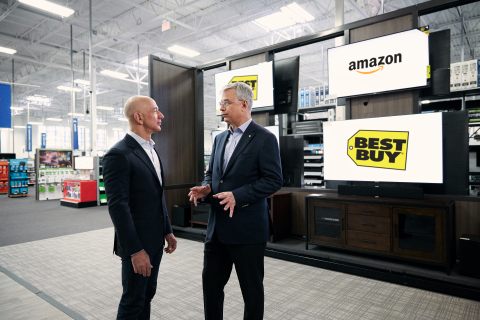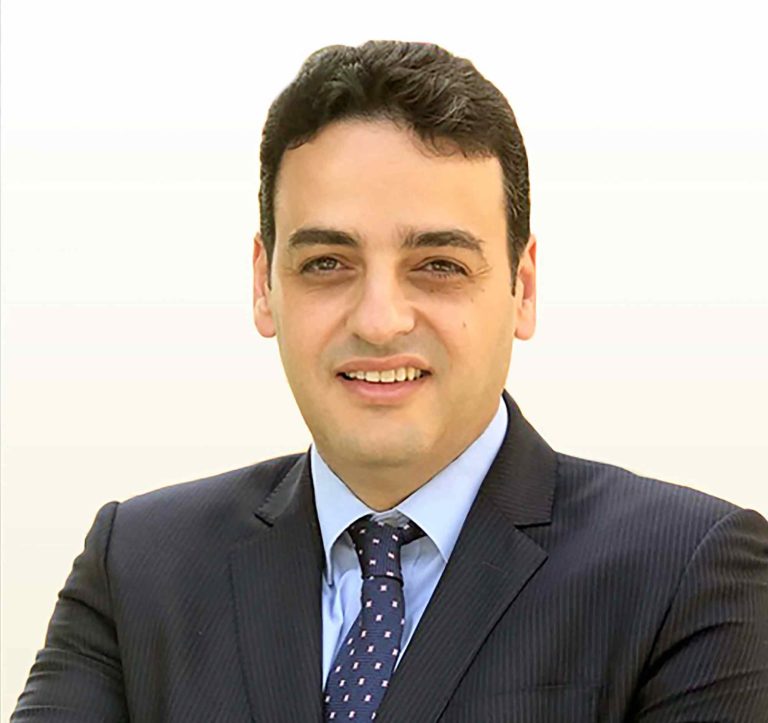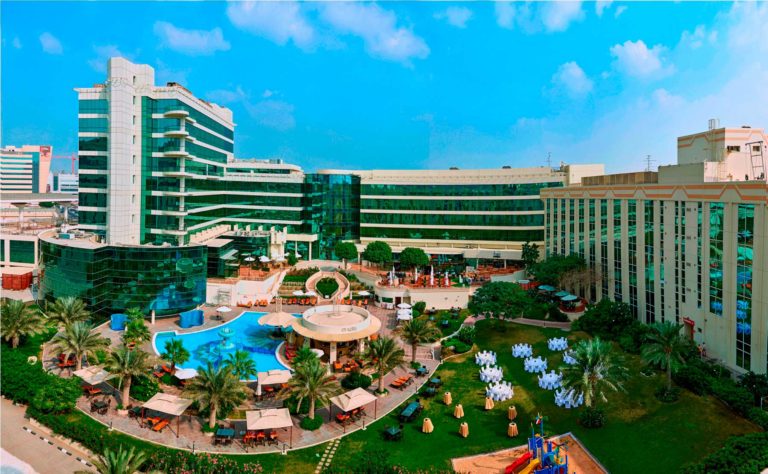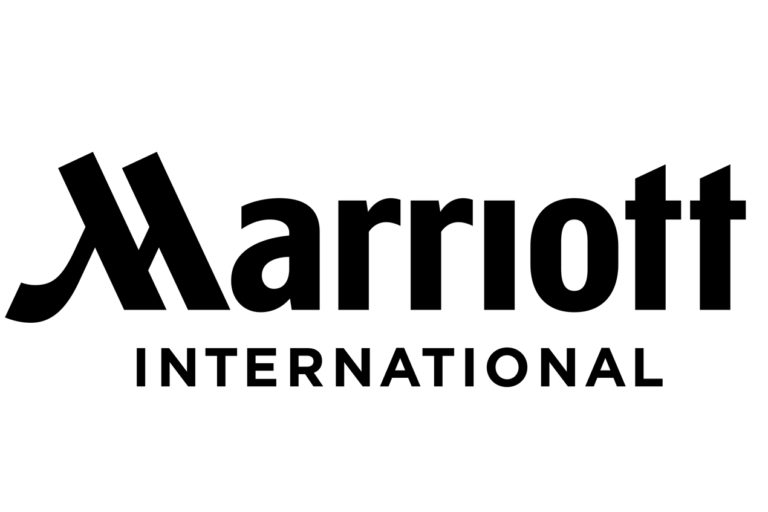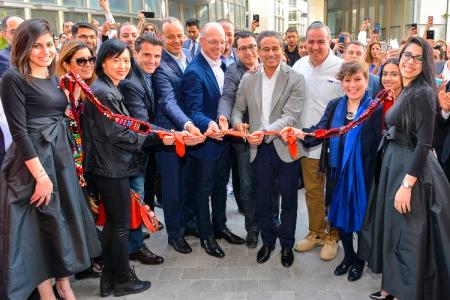Middle East’s largest travel trade event will celebrate its 25th year, with over 2,500 exhibiting companies and an expected 40,000 visitors, showcasing the largest ever hotel exhibition space in the show’s history
Arabian Travel Market (ATM) 2018, the region’s leading travel industry showcase, opens its doors on Sunday 22
nd April for four days of business networking opportunities and insightful seminar sessions, where deals worth over US$2.5 billion will be agreed.
Now in its 25
th year, the 2018 edition will welcome over 2,500 exhibiting companies and an expected 40,000 visitors, with over 150 countries represented, 65 national pavilions, and more than 100 new exhibitors set to make their ATM debut.
Building on the success of last year, ATM 2018, which takes place at the Dubai World Trade Centre from April 22-25, will showcase the largest exhibition of regional and global hotel brands in the history of ATM, with hotels comprising 20% of the total show area.
Simon Press, Senior Exhibition Director, ATM said: “Arabian Travel Market continues to be the preferred route to market for many international and regional hospitality brands and the increase in hotel exhibition space in 2018 reflects the hundreds of new property and brand launches we have seen during the last 12 months.
“Over the coming years, we will see these new properties prosper as millions more tourists visit the region for the first time. The last 12 months brought unprecedented developments in major markets and the region is poised for further great developments in 2018.”
Celebrating its 25
th year, ATM 2018 will adopt Responsible Tourism – including sustainable travel trends – as its official show theme, integrating it across all show verticals and activities, including advice clinics and focused seminar sessions, featuring dedicated exhibitor participation.
Press added: “The tourism industry in the GCC has grown ten-fold and more since we first opened our show doors 25 years ago. With a host of top speakers lined up and panel sessions for ATM 2018, we will be looking back on the tourism revolution in the Middle East over the last quarter of a century and also forecasting what lies ahead for the industry, with continuing geopolitical tensions across the globe, economic uncertainties, huge technological advances and, of course, the increasing trend of responsible tourism.”
Hyperloop and future travel experiences will kick off proceedings on ATM’s Global Stage on Sunday 22
nd April between 13.30 and 14.30. Moderating the session, Richard Dean, a UAE-based business broadcaster and presenter will be joined by a host of high-profile panellists including Christoph Mueller, Chief Digital and Innovation officer, Emirates Airline and Harj Dhaliwal, Managing Director Middle East and India Operations, Hyperloop One.
This year, ATM has partnered with International Hotel Investment Conference (IHIF) organisers to present the inaugural Destination Investment panel. Taking place on the ATM Global Stage, the session will discuss what drives investment in travel destinations across the Middle East and neighbouring regions.
Also debuting this year will be the ATM Student Conference – ‘Career in Travel’ – a programme aimed at students and graduates who are looking to pursue a career in the travel and tourism industry. Taking place on the final day of ATM, this programme will allow ‘tomorrow’s’ travel professionals and hoteliers, to listen to guest speakers and travel industry leaders.
Perennial calendar favourites at ATM 2018 include the ultra-innovative Travel Tech Show, ILTM Arabia and the Travel Agent Academy as well as the Buyers’ Club and the Wellness and Spa Lounge, both of which offer excellent opportunities to meet and network with likeminded individuals and organisations.
Issam Kazim, CEO, Dubai’s Corporation for Tourism and Commerce Marketing (DCTCM), said: “This year marks the 25th edition of Arabian Travel Market and we are extremely pleased to be able to extend our support once more. In 2017, His Highness Sheikh Mohammed bin Rashid Al Maktoum, Vice President and Prime Minister of the UAE and ruler of Dubai, launched Dubai Government’s 10X Initiative and as a result our projects and initiatives reflect this vision, designed to leverage new technologies and build on our ‘digital, mobile and social first’ agenda. Along with our partners on the Dubai stand we look forward to presenting just some of these immersive experiences – from witnessing Dubai in virtual reality, to our partners from Expo providing insights into the masterplan and much more.”
Thierry Antinori, Executive Vice President and Chief Commercial Officer, Emirates Airline said: “As we celebrate 25 years of partnership and commitment to ATM, it’s remarkable to think how far this event has come in the region, as well as on the global stage, and as an airline we are proud of the role we have played in its growth. International air connectivity is a key driver in tourism, and for the hosting of regional industry events like ATM. With 159 destinations across six continents in our growing network, we will continue to bring travellers to and through Dubai, by innovating and providing the best customer experiences to earn their loyalty to make Emirates their first choice whenever they think of travel.”
Olivier Harnisch, Chief Executive Officer of Emaar Hospitality Group, said: “Now in its 25
th year, the Arabian Travel Market has played a transformational role in shaping the tourism and hospitality sector of the region. As one of the leading global platforms that present the newest trends in the industry, the event presents diverse opportunities for all stakeholders to strengthen their business. As the Official Hotel Partner of the event, Emaar Hospitality Group will present its three hotel brands – the premium lifestyle Address Hotels + Resorts, the upscale lifestyle Vida Hotels and Resorts and contemporary midscale Rove Hotels – and their growing footprint. In addition to presenting our digital transformation strategy, we will highlight our focus on innovation to enhancing customer service standards.”
Anwar A.Z Abu Monassar, Destination Director, Strategy & Operation, The Vision, said: “With ATM coming back again as a great show to connect and share, we at The Vision Destination Management are proud of another successful season where we witnessed growth in strong partnerships, both in leisure and events.
The Vision’s commitment and recognition, not only as event planner in showcasing the destination, but also as reality that involves and promotes segments of the society is a never-ending focus that we pursue. During the present year we involved reputed and experienced figures that do not only guide travelers, but literally bring them into the local reality in all its different segments. We developed skills of Life Coaching within our team to allow our clients to deeply understand our context, from the past to the future.”
-ENDS-
Photo caption:
From left to right:
Anwar A.Z Abu Monassar, Destination Director, Strategy & Operation, The Vision
Thierry Antinori, Executive Vice President and Chief Commercial Officer, Emirates Airline
Simon Press, Senior Exhibition Director, Arabian Travel Market and World Travel Market
Issam Abdul Rahim Kazim, Chief Executive Officer of Dubai Corporation for Tourism and Commerce Marketing
Olivier Harnisch, CEO, Emaar Hospitality Group
About Arabian Travel Market (ATM) is the leading, international travel and tourism event in the Middle East for inbound and outbound tourism professionals. ATM 2017 attracted almost 40,000 industry professionals, agreeing deals worth US$2.5bn over the four days. The 24th edition of ATM showcased over 2,500 exhibiting companies across 12 halls at Dubai World Trade Centre, making it the largest ATM in its 24-year history.
www.arabiantravelmarketwtm.com Next event 22-25 April 2018 – Dubai.
About Reed Exhibitions
Reed Exhibitions is the world’s leading events business, enhancing the power of face to face through data and digital tools at over 500 events a year, in more than 30 countries, attracting more than seven million participants.
About Reed Travel Exhibitions
Reed Travel Exhibitions is the world’s leading travel and tourism event’s organiser with a growing portfolio of more than 22 international travel and tourism trade events in Europe, the Americas, Asia, the Middle East and Africa. Our events are market leaders in their sectors, whether it is global and regional leisure travel trade events, or specialist events for meetings, incentives, conference, events (MICE) industry, business travel, luxury travel, travel technology as well as golf, spa and ski travel. We have over 35 years’ experience in organising world-leading travel exhibitions.
Media contact
NATHALIE VISELE
Director
Tel: +971 4 365 2711 | Mobile: +971 50 457 6525
E-mail:
nathalie.visele@shamalcomms.com
Office 106, Arjaan Office Tower, Dubai Media City
PO Box 502701 | Dubai, United Arab Emirates
Website:
www.shamalcomms.com

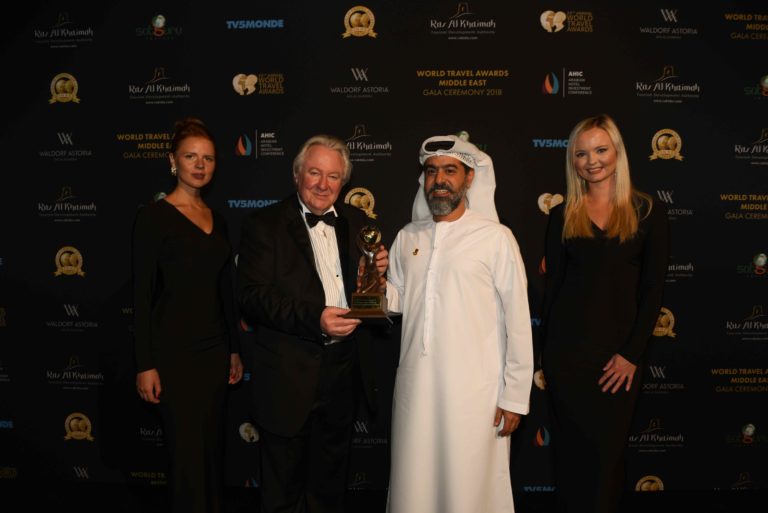
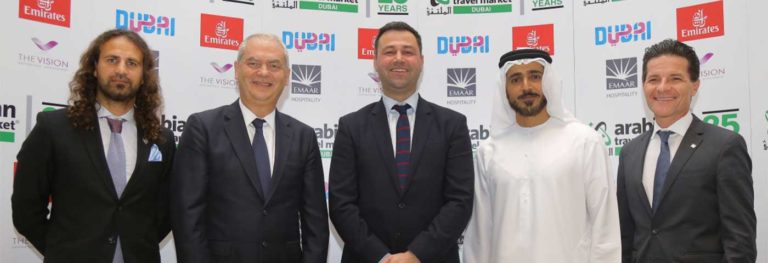
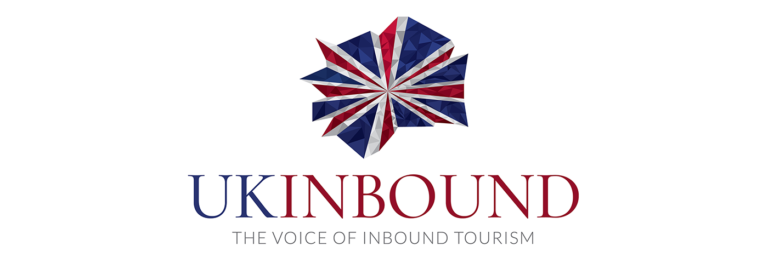


 We will also ask people to agree to our updated terms of service and data policy, which include more detail in response to questions about how our services work. We’re not asking for new rights to collect, use or share your data on Facebook, and we continue to commit that we do not sell information about you to advertisers or other partners. While the substance of our data policy is the same globally, people in the EU will see specific details relevant only to people who live there, like how to contact our Data Protection Officer under GDPR. We want to be clear that there is nothing different about the controls and protections we offer around the world.
People in the EU will start seeing these requests this week to ensure they have made their choices ahead of GDPR coming into effect on May 25. As part of our phased approach, people in the rest of the world will be asked to make their choices on a slightly later schedule, and we’ll present the information in the ways that make the most sense for other regions.
Introducing Better Tools to Access, Delete and Download Information
The new
We will also ask people to agree to our updated terms of service and data policy, which include more detail in response to questions about how our services work. We’re not asking for new rights to collect, use or share your data on Facebook, and we continue to commit that we do not sell information about you to advertisers or other partners. While the substance of our data policy is the same globally, people in the EU will see specific details relevant only to people who live there, like how to contact our Data Protection Officer under GDPR. We want to be clear that there is nothing different about the controls and protections we offer around the world.
People in the EU will start seeing these requests this week to ensure they have made their choices ahead of GDPR coming into effect on May 25. As part of our phased approach, people in the rest of the world will be asked to make their choices on a slightly later schedule, and we’ll present the information in the ways that make the most sense for other regions.
Introducing Better Tools to Access, Delete and Download Information
The new 